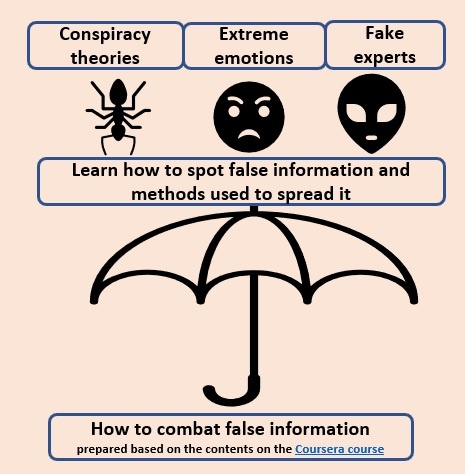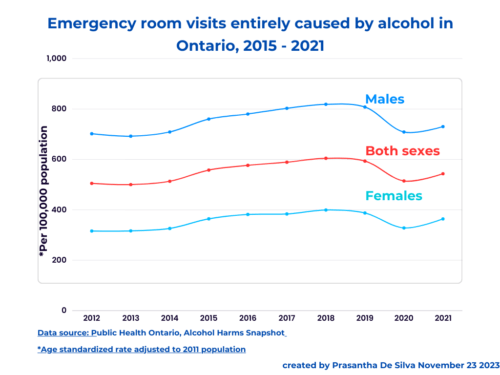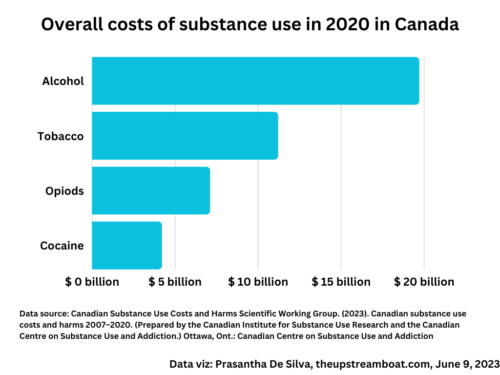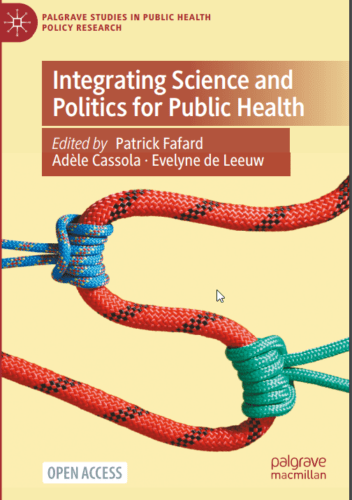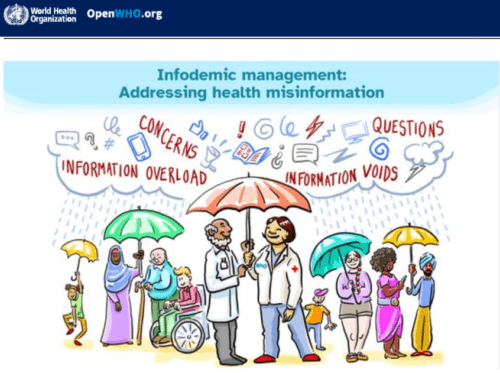This is not a new one. It was released on Feb. 24, 2020. And, it is the responsibility of the WHO people to communicate and train relevant country representatives.
The key points in this very short document are as follows;
1. Do talk about “people who have COVID 19”
(Do not talk about “COVID 19 cases” or “COVID 19 victims”)
2. Do talk about “people who may have or (presumptive) COVID 19
(Do not talk about “COVID 19 suspects” or “suspected cases”)
3. Do talk about people acquiring or contracting COVID 19
(Do not talk about “transmitting COVID-19” “infecting others” or “spreading the virus” as it implies intentional transmission and assigns blame.
Using criminalizing or dehumanizing terminology creates the impression that those with the disease have somehow done something wrong or are less human than the rest of us, feeding stigma, undermining empathy, and potentially fuelling wider reluctance to seek treatment or attend the screening, testing, and quarantine.
4. Do not use hyperbolic language such as “plague” and “apocalypse”; do not scare people using words, “killer virus”, “very dangerous” etc.
5. Do not use messages of threat
6. Engage social influencers such as religious leaders; train them.
7. Implement “hero” campaigns for front-line workers to save them from being stigmatized.
8. Do not use words such as spreaders (super) or do not try to identify the “patient zero”.
You can read the document through this link.

